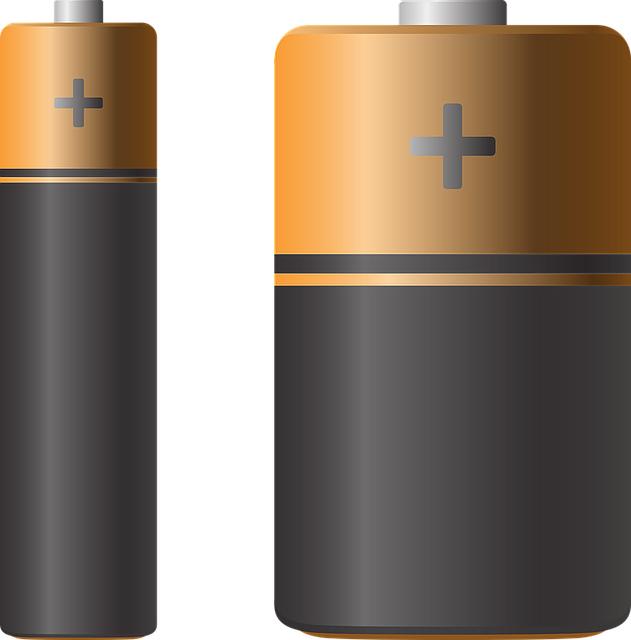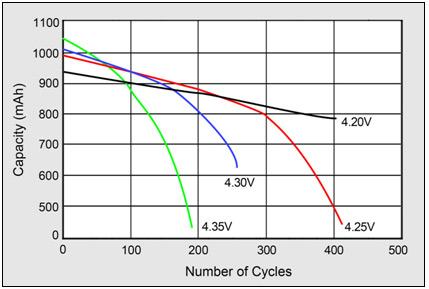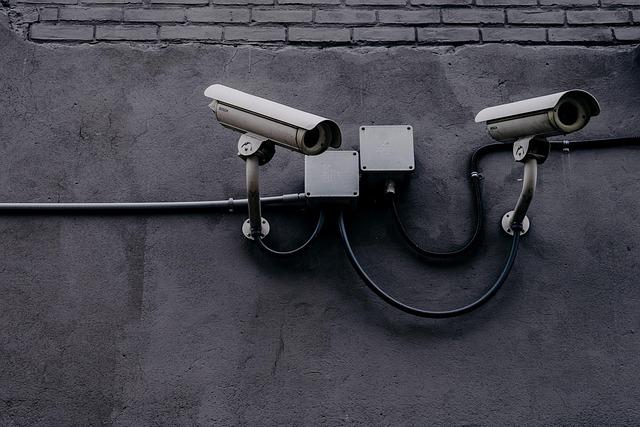In an era where security meets innovation, wireless smart security cameras have emerged as pivotal guardians of our homes and businesses. Their blend of convenience and cutting-edge technology offers peace of mind at our fingertips, yet one factor reigns supreme in the selection process: battery life. As we navigate the sea of options available on the market, understanding how battery performance varies among different models is essential for potential buyers. This article delves into a comprehensive comparison of battery life across a spectrum of wireless smart security cameras, illuminating the strengths and weaknesses of each contender. Join us as we explore the intricacies of battery longevity, efficiency, and the real-world implications for your security needs.
Exploring Battery Longevity Across Popular Wireless Smart Security Cameras
Battery longevity is a crucial factor when choosing a wireless smart security camera, as it directly impacts the camera’s effectiveness and your overall peace of mind. Different brands and models offer varying battery performances, which can be influenced by factors such as video quality, motion detection sensitivity, and the frequency of usage. Some of the standout performers in the battery life arena include:
- Arlo Ultra: Up to 6 months on a single charge
- Ring Spotlight Camera: Approximately 2 to 4 months, depending on usage
- Google Nest Cam: Lasts 1 to 3 months, with extensive customization options
- Wyze Cam Outdoor: Impressive up to 6 months, leveraging cost-effectiveness
Table considerations also play a significant role in understanding performance. A quick overview showcases how features may correlate to battery life:
| Camera Model | Battery Life | Video Quality | Features |
|---|---|---|---|
| Arlo Ultra | Up to 6 months | 4K | Smart Alerts, Night Vision |
| Ring Spotlight | 2-4 months | 1080p | Motion-Activated Light |
| Google Nest Cam | 1-3 months | 1080p | AI Detection, 2-Way Talk |
| Wyze Cam Outdoor | Up to 6 months | 1080p | Person Detection, Weather Resistant |

Factors Impacting Battery Performance in Wireless Security Systems
When considering the performance of batteries in wireless security systems, several key factors come into play. Temperature can significantly influence battery efficiency; extreme cold or heat may decrease performance and acceleration of battery drain. Additionally, the quality of hardware components in these systems, such as the camera sensor and wireless communication module, can impact power consumption. Other elements to consider include the video resolution settings and frequency of motion detection, as higher definitions and constant alerts require more energy. The choice of battery type, whether lithium-ion or alkaline, also plays a critical role, affecting both longevity and recharge cycles.
Another important factor is wireless connectivity; systems using protocols like Wi-Fi tend to consume more battery than those employing lower-power options like Zigbee or Z-Wave. Moreover, the placement of cameras can affect battery life; cameras positioned where they frequently trigger alerts or interface with objects can deplete energy rapidly. To provide a clearer understanding, the table below summarizes the average battery life based on these factors:
| Factor | Impact on Battery Life |
|---|---|
| Temperature | Cold/Heat can reduce battery efficiency by up to 30% |
| Video Resolution | Higher settings can drain batteries significantly faster |
| Wireless Protocol | Wi-Fi cameras typically have shorter battery life |
| Camera Placement | Frequent alerts can result in rapid battery drain |

Proven Strategies to Extend the Battery Life of Your Security Camera
To maximize the battery life of your wireless smart security camera, consider implementing the following techniques. Optimal placement is crucial; position your camera in areas with strong Wi-Fi signals, as weak connections can drain the battery faster due to constant signal searching. Additionally, reduce unnecessary triggers by adjusting the motion sensitivity settings. Most cameras allow you to customize the detection zones, preventing false alarms from passing cars or pets.
Another effective approach is to utilize scheduled operation. If your security needs vary throughout the day, set specific time frames for when the camera should actively record. This feature can significantly extend battery life. Pair this with the use of battery-saving modes provided by many camera brands. These modes often decrease the camera’s resolution or limit recording features until a specific event is triggered, helping conserve energy when full functionality isn’t needed.

Recommended Best Picks for Efficient Battery Life in Smart Surveillance
Investing in wireless smart security cameras comes with the responsibility of ensuring optimal battery life for seamless operation. The best picks on the market today not only feature impressive battery longevity but also integrate innovative technologies to extend their functional time between charges. Look for models with energy-efficient LED indicators that alert you only when needed, minimizing unnecessary power consumption. Smart motion detection capabilities can drastically reduce battery drain, activating recording only when movement is detected and allowing the camera to remain in a low-power state during inactivity.
Moreover, camera design and installation play a pivotal role in battery efficiency. Cameras positioned in shaded areas or indoors can experience reduced energy requirements as they rely less on powering their night vision mode. To make an informed decision, consider our comparison table below, showcasing top cameras that excel in battery performance:
| Camera Model | Battery Life | Smart Features |
|---|---|---|
| AlphaCam Pro | 12 months | AI Motion Detection, Night Vision |
| SecureWatch 360 | 10 months | Two-Way Audio, Alerts |
| VistaGuard Lite | 8 months | Smart Scheduling, Mobile Access |
Future Outlook
In conclusion, the battery life of wireless smart security cameras is a pivotal factor to consider when making your selection. As we’ve explored, various brands and models offer a range of performance capabilities, balancing features and longevity to suit different needs. Whether you prioritize a camera that can last several months on a single charge or are willing to invest in a model with a more frequent charging schedule for enhanced features, the options are diverse.
As technology continues to evolve, keeping an eye on emerging innovations in battery efficiency and power management will be essential. With an informed choice, you can ensure that your selected security camera not only watches over what matters most but does so with reliability and peace of mind. So, take the time to weigh the pros and cons, and may your home stay secure, all while enjoying the freedom that comes with wireless surveillance.




